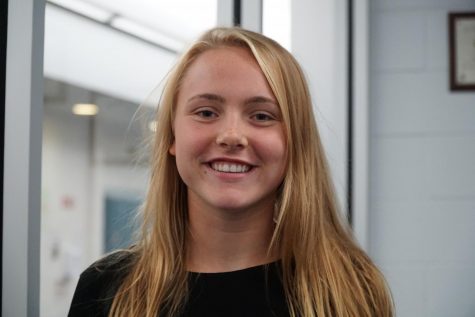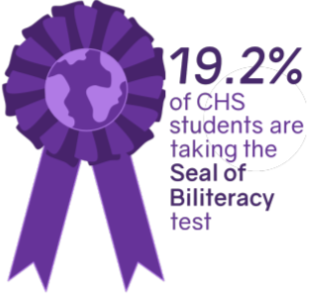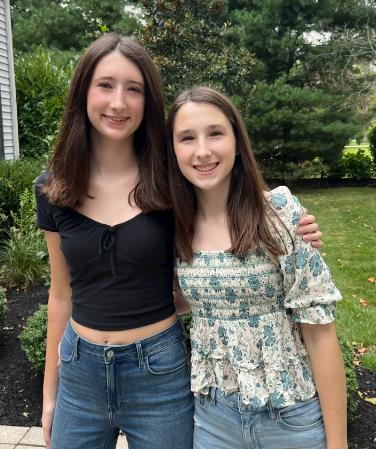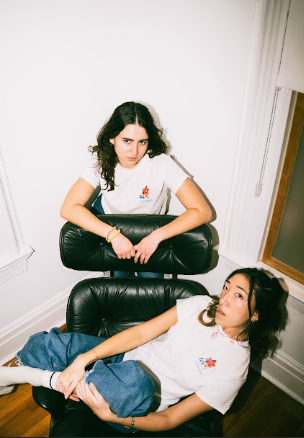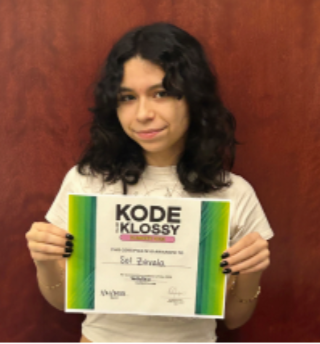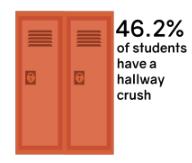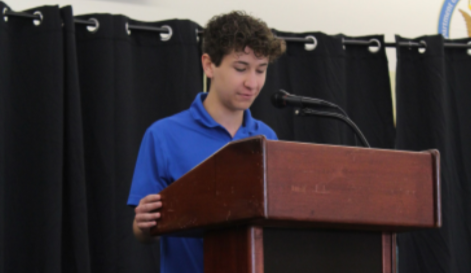CHS students are also first-generations americans
Sophomore Sebrina Gao’s father, age 28, with his parents at the airport on January 19, 1991, the day he left China to come to America to study bioengineering at NJIT.
April 1, 2017
Sophomore Sebrina Gao of Manalapan speaks fluent Mandarin, eats Chinese food almost every day and wears slippers around her house. Gao is a first-generation American.
Dictionary.com describes first-generation Americans as those who are “first generation of a family to be born in a particular country,” or “being a naturalized citizen of a particular country.”
Gao’s mother is from Hong Kong and her father is from Shanghai. They met at a restaurant in the United States.
“Being American born Chinese inspired me learn more about different cultures and languages. I’ve become interested in trying different foods and watching foreign films,” Gao said.
Sophomore Kail Ying of Manalapan’s mother is from Colombia and his father is from Hong Kong.
Ying was mocked in elementary school for being Asian.
“All the kids in my school would stretch out their eyes or do an accent to mock me,” Ying said.
But he still describes being a first generation American as “one of the greatest gifts” he could have.
“It’s important to be proud of your heritage and to not be ashamed of your differences,” Ying said.
As a child, junior Karoline Winzer of Aberdeen immigrated to America from Vienna, Austria.
Like Gao, Winzer is bilingual, speaking both German and English.
“The move is also reflected in a majority of my art and writing,” Winzer said. “It tends to be inspired by growing up in two worlds at the same time.”
Because of her move overseas, Winzer believes “the message that anyone can do anything, even moving to a new country”.




